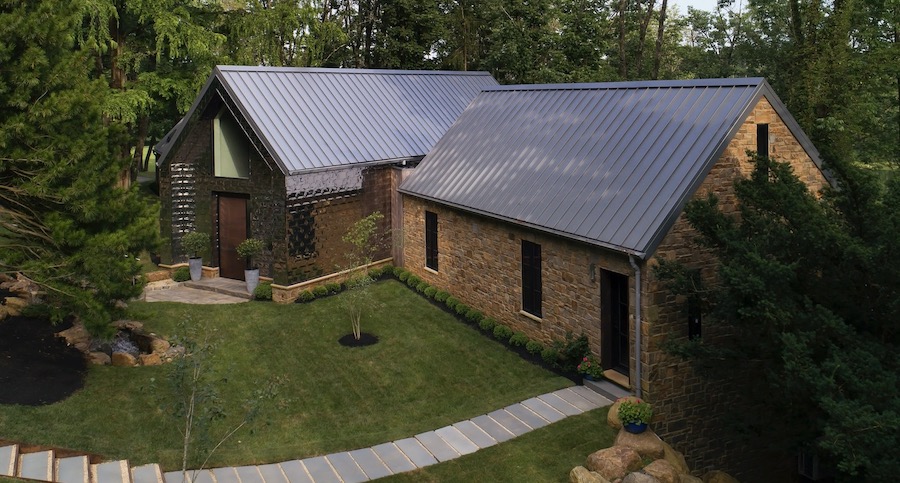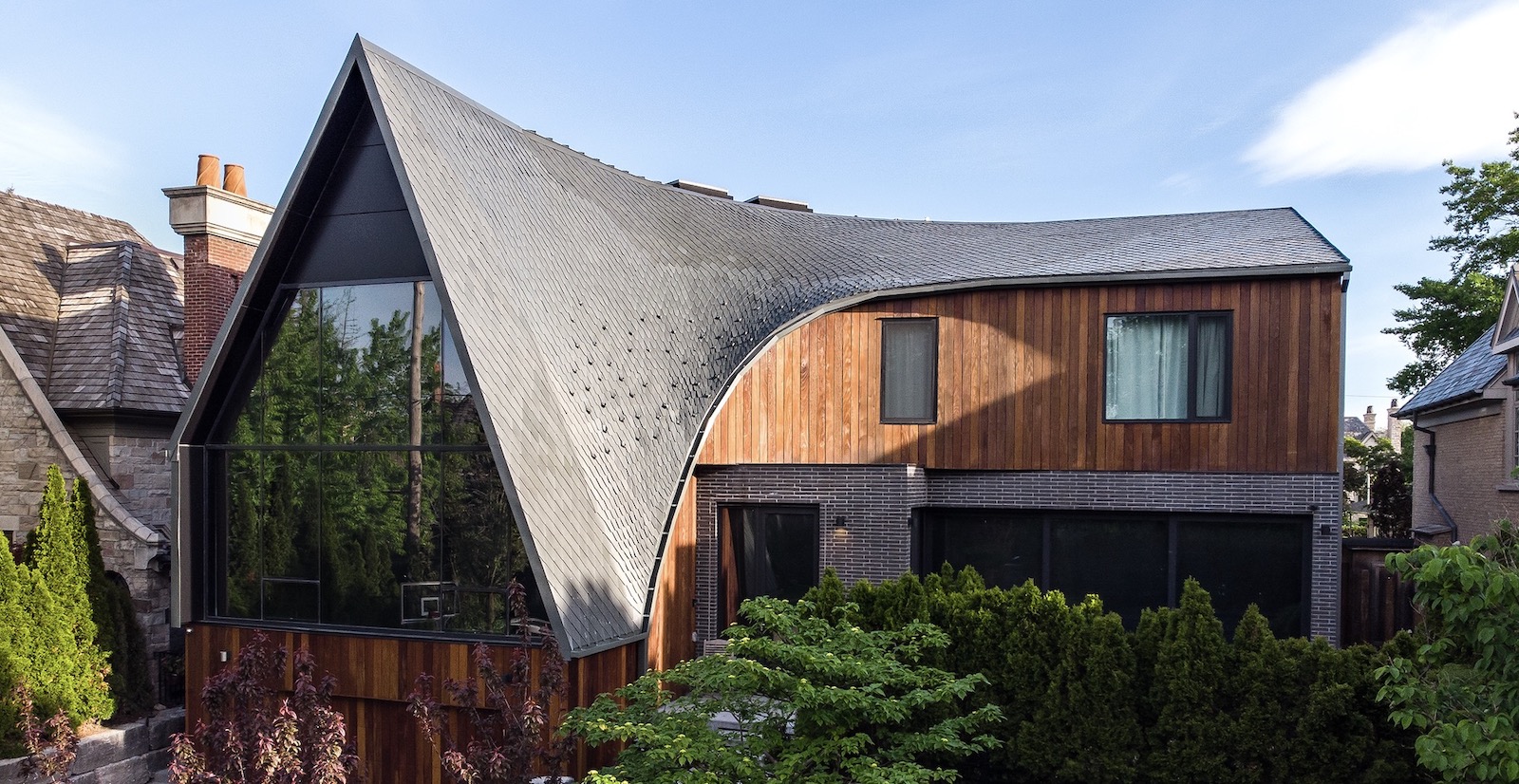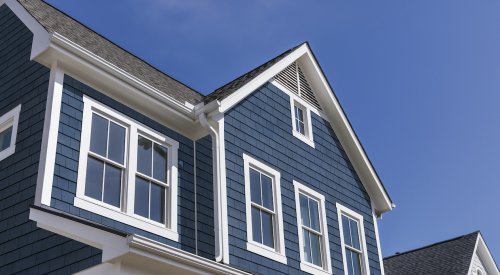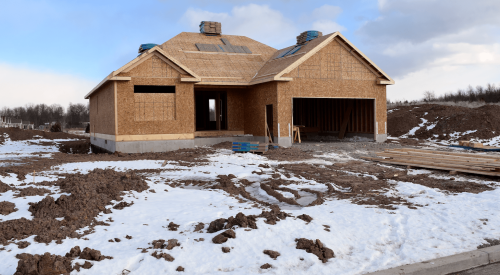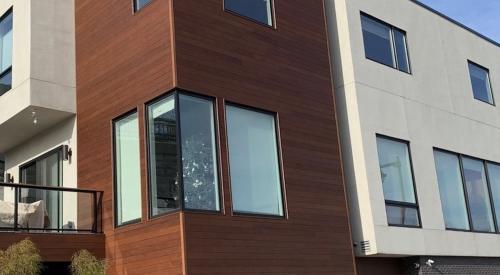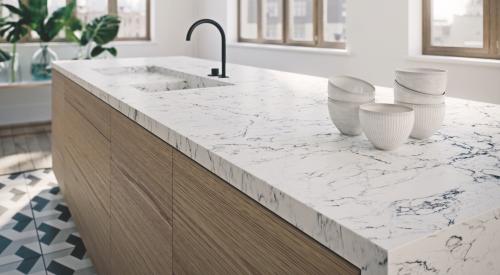On average, a home's roof covers about 60% of the house exterior, making it a significant investment that has both practical—protecting the house against rain, snow, and the elements—and aesthetic implications. Selecting roofing involves a range of considerations about material, cost, durability, and maintenance, not to mention style and curb appeal. And, increasingly, homeowners are also paying attention to a products' sustainability and energy efficiency as well.
Asphalt Still Ranks No. 1
Asphalt is the top-ranking roofing material in the U.S. housing market and has been for a long time. The Asphalt Roofing Manufacturers Association (ARMA) says there are many reasons why the product is favored by builders and homebuyers, but the three main factors are beauty, affordability, and reliability.
“Asphalt products continue to raise the bar when it comes to today’s roofing material choices, making them the most popular choice for protecting U.S. roofs,” according to the trade association, which represents North America’s asphalt roofing manufacturing companies and raw materials suppliers. “Over the years, asphalt shingles have evolved in performance and aesthetics while maintaining their affordability. These advancements have made asphalt shingles the preferred choice among homeowners and contractors alike.”
RELATED
- 5 Steps to Proper Roof Sheathing Installation
- How Owners Should Comply With OSHA Roofing Safety Guidelines
- 10 New Roofing Products to Spruce Up Home Exteriors
- New Retrofit Design Guide for Metal Roofs
To top things off, the asphalt roofing industry had a good year in 2020. In January, ARMA reported that asphalt shingle shipments increased 10.1% in 2020 compared with 2019. This number included a 45% increase in shipments during the fourth quarter compared with Q4 2019.
Metal Roofing Sees Growth
But in recent years, asphalt has seen its dominance challenged ever so slightly, as the popularity of metal roofing continues to grow. Last year, the Metal Roofing Alliance (MRA) announced that metal roofing is the second most popular type of residential roofing in the U.S. According to the Longview, Wash.-based association, metal roofing’s market share for new construction doubled from 4% in 2018 to 8% in 2019.
The MRA attributes this increase in metal roofing demand among U.S. home builders to the adoption of more resilient building products to combat climate extremes, such as wildfires, hurricanes, and hail. “The Mid-Atlantic region, where severe storms and hurricanes are common, saw the greatest increased use of metal roofing,” according to the association. “Other factors that helped boost the popularity of metal roofing include the desire among consumers for more environmentally friendly choices,” with metal roofing often having buyer appeal because of its a recycled content and the fact that it helps keep the home cool by reflecting UV rays.
6 New Asphalt and Metal Roofing Products
Tamko laminated, fiberglass asphalt shingles
Heritage IR is a laminated, fiberglass asphalt shingle featuring an additional polyester mat that reinforces the entire shingle and provides double reinforcement of the sawtooth and common bond areas, the company says. It’s available in four colors: Rustic Black (shown), Rustic Slate, Thunderstorm Grey, and Weathered Wood.
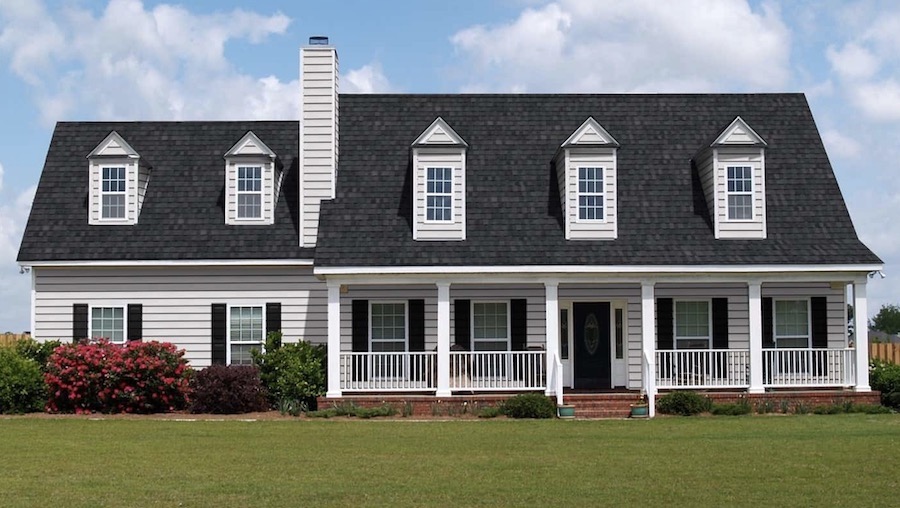
CertainTeed dual-layer asphalt shingles
Landmark asphalt shingles feature a dual-layer design that emulates the dimensionality of true wood shake, the company says. Landmark shingles offer the heaviest weight and widest array of color options (24) in their class (Weathered Wood, shown), the company claims, allowing builders to create or recreate the ideal look for their projects. The shingle comes with a Class A fire-resistance rating.
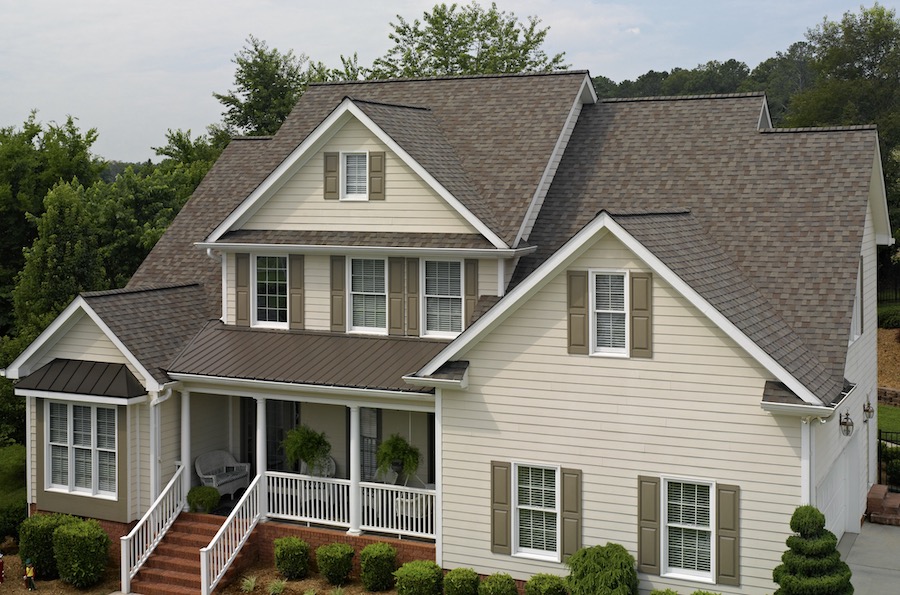
Owens Corning laminated shingles
Oakridge laminated shingles feature a full double-layer in the nailing area that delivers up to two-times better nail pull-through resistance and up to seven times better nail blow-through resistance, the company says. The collection comes in a wide variety of colors. Estate Gray is shown.
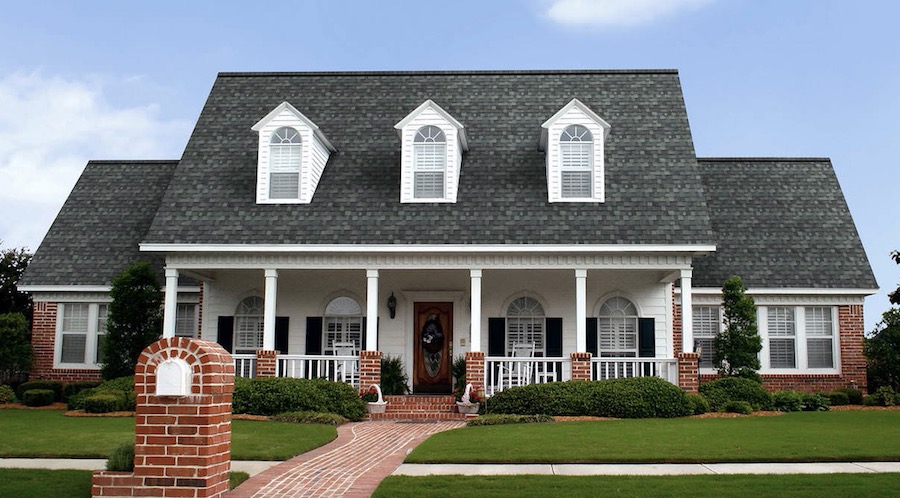
ProVia steel roofing line
The manufacturer’s new metal roofing product line combines the look of slate or cedar shakes with the durability and longevity of a steel roof system. Made from 26-gauge hot-dipped galvanized steel, the two metal roofing styles—Slate (Ironstone, shown) and Shake—weigh up to three times less than asphalt shingles, the manufacturer says, and features the GalvaTec four-part Kynar paint system for performance and fade and chalk resistance. The metal shake and slate roofs are made in the U.S. from domestically sourced recycled steel.

Rheinzink zinc metal roofing
The brand’s roofing panels are made from high-grade zinc with trace elements of titanium and copper. As a result, the product offers a lifespan of more than 80 years, the company says. In addition, zinc weathers and creates a protective patina that contributes to its self-healing, low-maintenance, corrosion-resistant performance. The roofing uses 40% recycled post-consumer content and 30% post-industrial content and is 100% recyclable, according to the manufacturer.
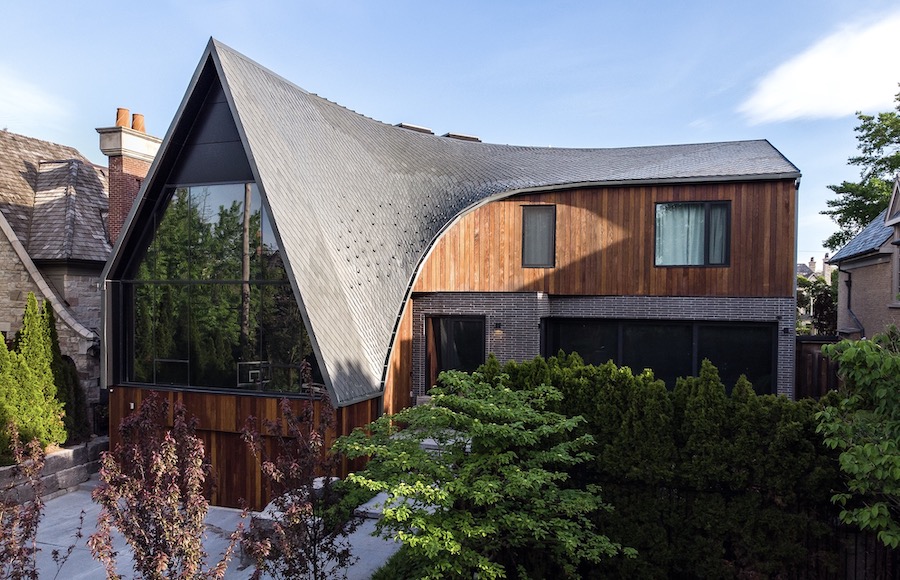
Petersen Pac-Clad stamped metal tile
The Pac-Clad Precision Series stamped tile is made from 24-gauge metal and comes in three profiles—Cupped, Flat, and Diamond (shown here on the home’s exterior walls)—so architects and specifiers have a range of design options. The interlocking tiles install directly over plywood or elevated channels using concealed fasteners, so no sealant is required. The product offers a 30-year finish warranty.
